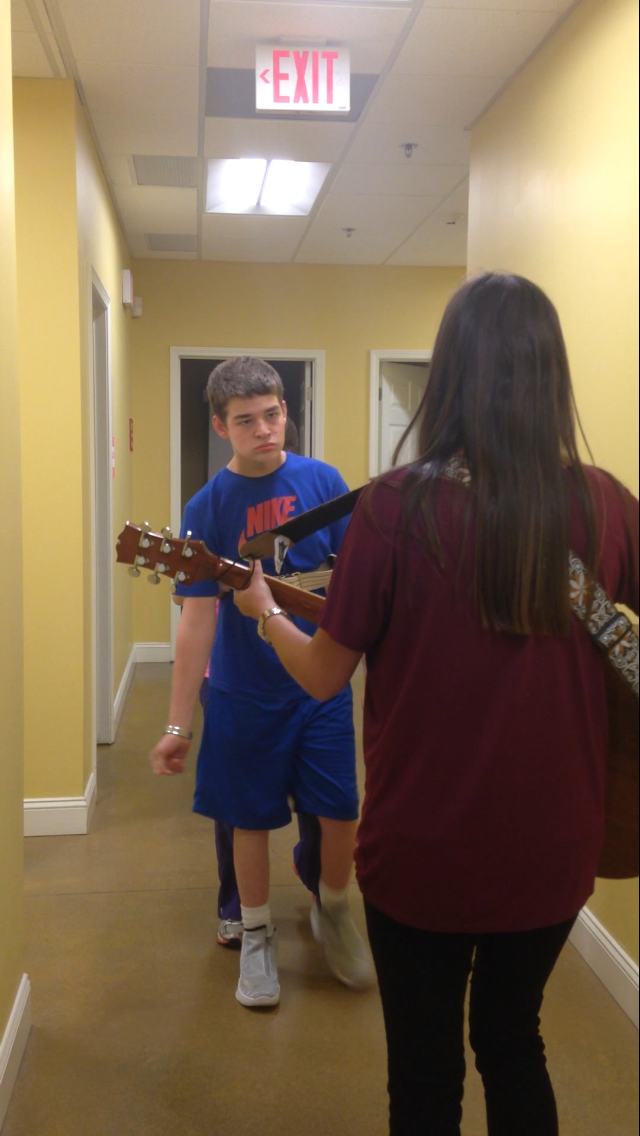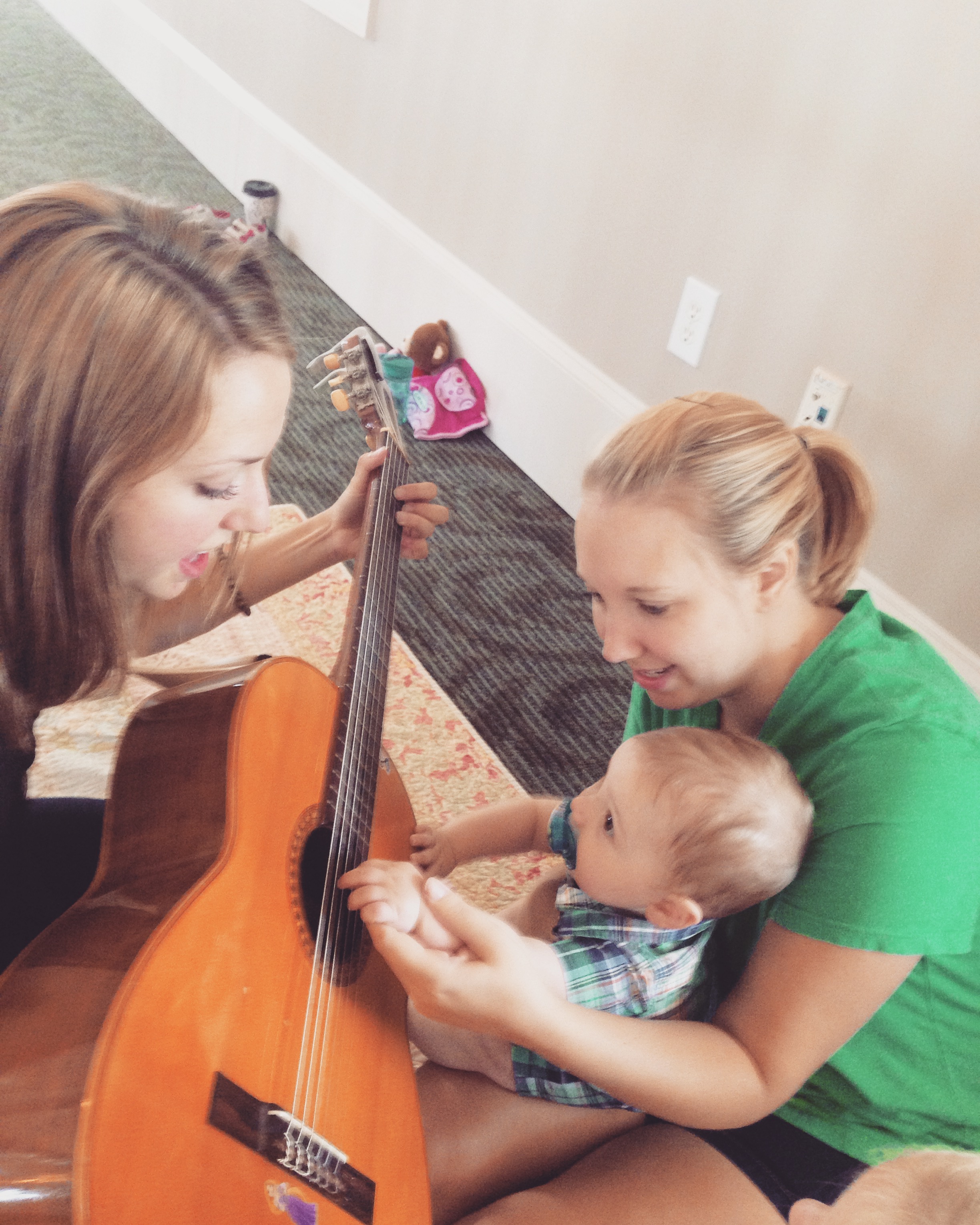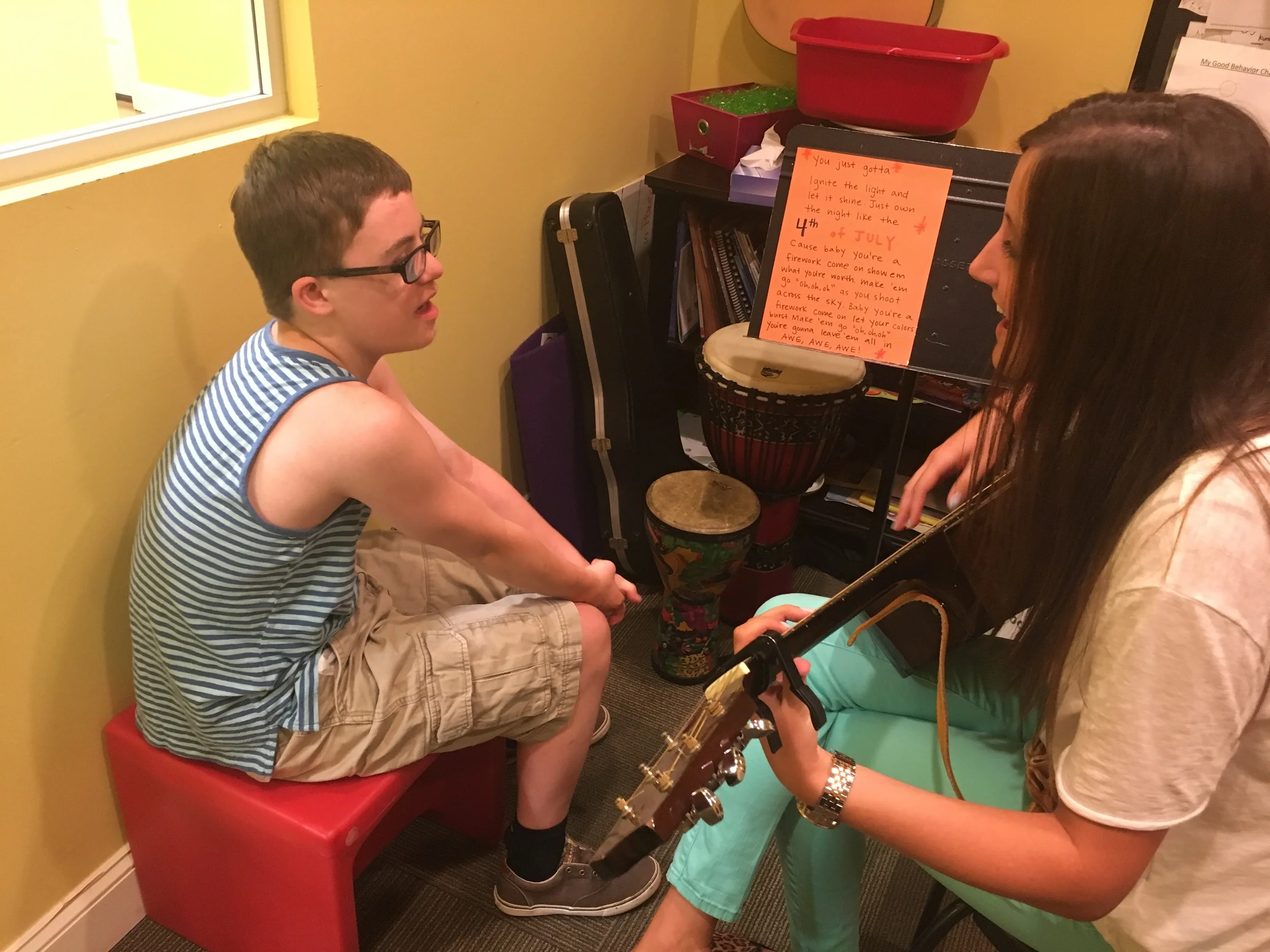Autism Spectrum Disorder is historically known as a social and communicative disorder, but children with ASD have shown an 83% difference in motor functioning compared to typical children. More recent research has placed an emphasis on sensorimotor skills as compared to more familiar impairments such as repetitive behaviors and social-emotional processing.
The cerebellum is the area of the brain which is mostly responsible for motor coordination. The cerebellum determines whether or not a movement will be either graceful or jerky. It is encouraging to note that by activating the cerebellum, we are not only improving motor skills, but posture, balance and even speech are improved. Rhythmic cueing is the process by which movement is synchronized to sound. Music therapists have found that rhythmic cueing has been especially helpful in motor rehab and should be considered for children with autism.
Rhythmic cueing helps individuals anticipate the following movement in a way that is predictable and efficient. When music therapists use this technique, we ensure that music is used to facilitate rather than to accompany the movement. The goal is for the rhythm to provide a timing cue that is functional for the movement.
Ideas for sing music to help with sensorimotor regulation:
- Use dynamics to show force of a movement
- Playing softly takes a lot of motor control, especially when you are sensory seeking child.
- Use a range of pitches to provide an auditory cue for the size of a movement.
- If you are singing, “And..jump!” sing “And” on a low note and “Jump” on a high note so that your child will be prepared for a large movement.
- Add song stimuli to increase engagement and motivation in rhythmic exercise
- Think about how much more motivated you are to exercise when you are listening to some fun music!
Things to note:
- Live music has greater possibilities in that the music can be adapted in the moment to meet the needs of the client.
- Remember: We want to facilitate rather than accompany the movement. This gives us the flexibility of a pace that is comfortable for the client, but that can also be altered depending on his/her progression.
- Preferred music is so important, but sometimes it can cause the client to focus too much on singing the familiar lyrics of the song rather than on the movement pattern.
Reference: Lagasse, A. Blythe and Hardy, Michelle W. (2013). Considering Rhythm for Sensorimotor Regulation in Children with Autism Spectrum Disorders. Music Therapy, 31(1), 67-77.







